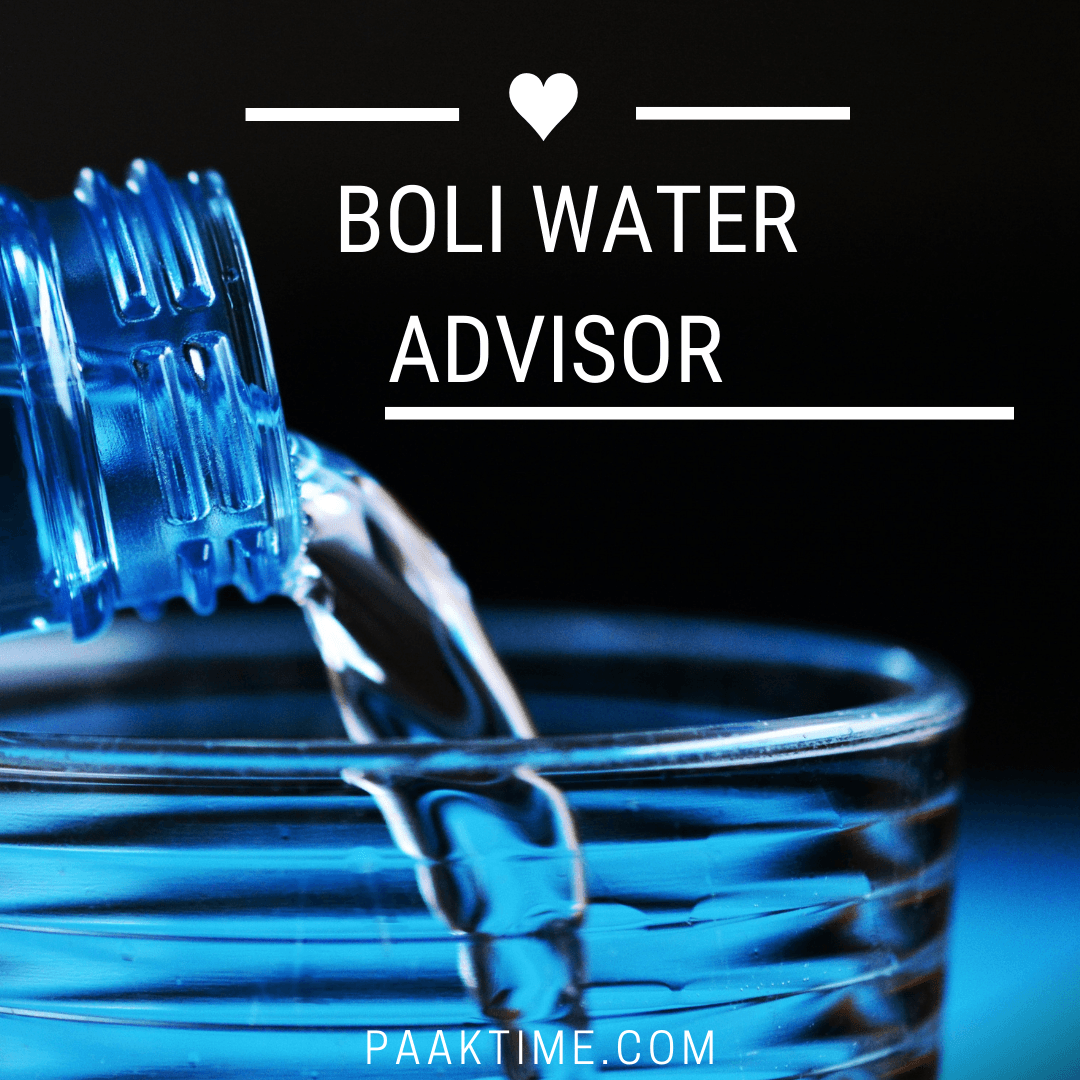When faced with a boil water advisory, it is critical to follow guidelines meticulously to ensure the water you consume is safe. These advisories are issued when public health authorities detect contamination or potential contamination in the water supply, making it unsafe to drink without proper treatment. One of the simplest yet most effective ways to ensure water safety is to boil it. Below, we provide a comprehensive guide on how long to boil water during a boil water advisory and other crucial information.
What Is a Boil Water Advisory?
A boil water advisory is a public health notification indicating that the water supply may contain harmful bacteria, viruses, or parasites. These microorganisms can cause serious health problems, including gastrointestinal issues, infections, and other complications.
Advisories are typically issued after events such as:
- Water main breaks
- Natural disasters like floods
- Detection of E. coli or other harmful pathogens
- Low water pressure incidents
How Long Should You Boil Water?
The general guideline is to boil water for at least one minute at a rolling boil. Here’s a detailed breakdown of the process:
- Bring the Water to a Rolling Boil: A rolling boil is when large bubbles are continuously rising to the surface, and the water appears turbulent.
- Timing the Boiling Duration:
- At sea level, boiling for one minute is sufficient to kill most pathogens.
- At high altitudes (above 6,500 feet), water boils at a lower temperature due to reduced atmospheric pressure. In such cases, extend the boiling time to three minutes to ensure safety.
- Cooling and Storing the Water:
- After boiling, allow the water to cool naturally.
- Transfer it to clean, sanitized containers and cover them to prevent recontamination.
Why Boiling Works
Boiling water is an effective method to kill bacteria, viruses, and protozoa that may be present in contaminated water. Most pathogens cannot survive temperatures above 160°F (70°C) for more than 30 seconds, and boiling water reaches 212°F (100°C) at sea level. Prolonged exposure to this heat ensures any harmful organisms are eradicated.
Step-by-Step Guide to Boiling Water During a Boil Water Advisory
- Gather Necessary Equipment:
- A clean pot or kettle
- A heat source (stove, campfire, or portable burner)
- A thermometer (optional)
- Fill the Pot:
- Use only clear water if possible. If the water is murky, filter it through a clean cloth or coffee filter first.
- Heat the Water:
- Place the pot on a heat source and bring the water to a rolling boil.
- Boil for the Recommended Time:
- Follow the guidelines based on your altitude: one minute at sea level or three minutes above 6,500 feet.
- Cool and Store Safely:
- Let the water cool and store it in clean, tightly sealed containers.
Alternative Methods for Water Treatment
While boiling is the most reliable method, there are alternatives for situations where boiling isn’t possible:
Water Purification Tablets
These are compact and easy to use, releasing chemicals such as chlorine or iodine to kill pathogens. Follow the manufacturer’s instructions for proper usage.
Household Bleach
Regular unscented bleach can disinfect water:
- Add 8 drops per gallon of clear water or 16 drops per gallon of cloudy water.
- Let it sit for 30 minutes before use.
Water Filters
High-quality water filters with fine pore sizes can remove bacteria and protozoa. However, most filters do not remove viruses, so use them in conjunction with chemical treatments if viruses are a concern.
Common Misconceptions About Boiling Water
- “A quick boil is enough.”
- False. Water must reach a rolling boil and maintain it for the recommended duration.
- “Boiling water removes all contaminants.”
- While boiling kills pathogens, it does not remove chemical pollutants or heavy metals.
- “Once boiled, water stays safe indefinitely.”
- Boiled water can become recontaminated if stored improperly. Always use clean, sanitized containers and keep them sealed.
Practical Tips for Staying Safe
- Stockpile Supplies: Keep an emergency kit with bottled water, purification tablets, and a portable stove.
- Stay Informed: Monitor local advisories and updates from health authorities.
- Educate Household Members: Ensure everyone in the household understands the proper steps for water treatment during a boil water advisory.
When Can You Stop Boiling Water?
Authorities will lift a boil water advisory once testing confirms the water supply is safe. Until then, continue boiling water or using approved alternatives. Always follow official instructions to avoid unnecessary risks.
